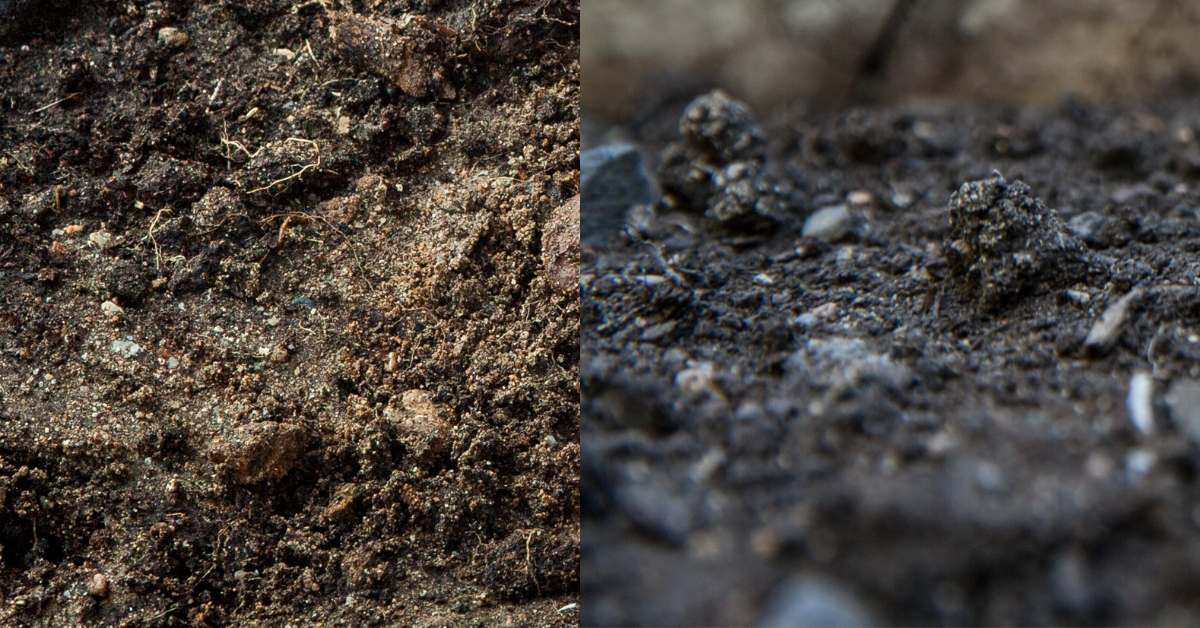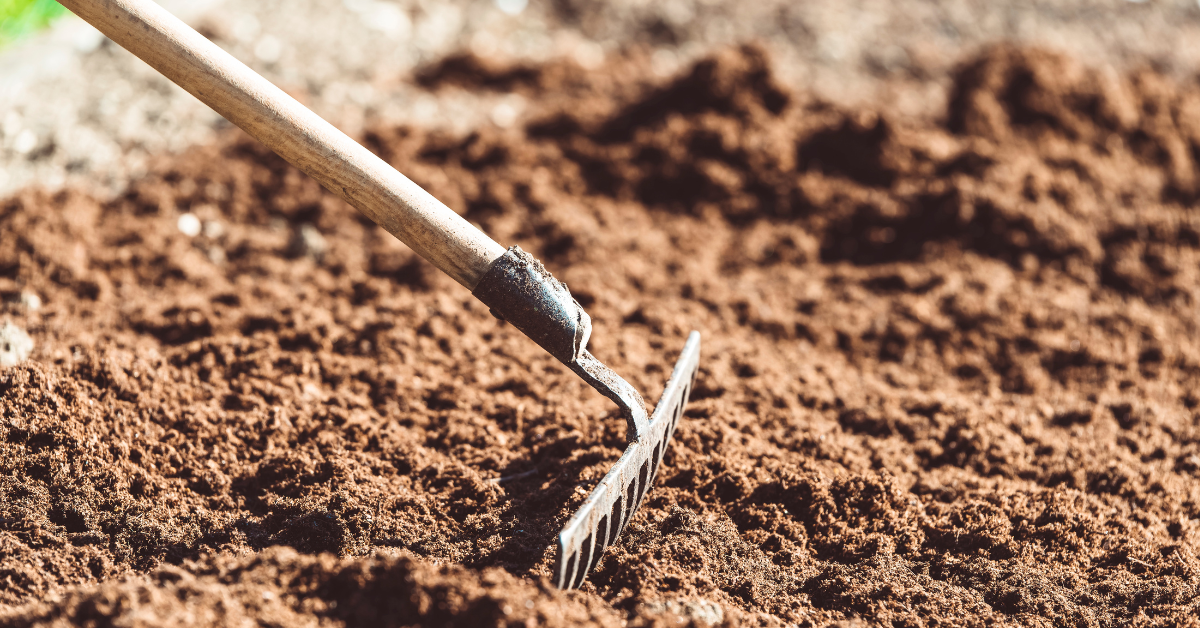Introduction:
Difference Between Topsoil and Garden Soil. In the world of gardening, the soil is the silent hero that supports plant life. When it comes to cultivating a garden, two terms often come up: topsoil and garden soil. Let’s dive into the intricacies of each and understand the differences that make them unique contributors to the world beneath our plants’ roots.
Composition of Topsoil:
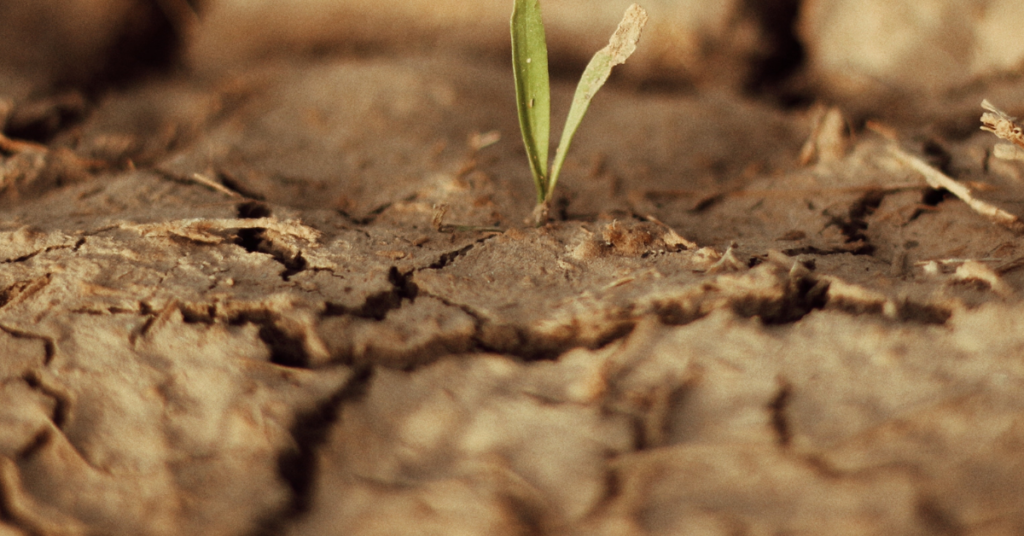
Topsoil, as the name suggests, is the uppermost layer of soil. It’s rich in nutrients and organic matter, making it a fertile ground for plant growth. Comprised of a mix of sand, silt, and clay, topsoil serves as a reservoir of essential elements like nitrogen, phosphorus, and potassium.
Composition of Garden Soil:
Garden soil, on the other hand, is a tailored blend of various soil types. It includes topsoil but is often enriched with additional components like compost, peat moss, and vermiculite. This intentional mixture aims to create an optimal environment for plants to thrive.
Key Differences:
- Texture Variance:
- Topsoil has a natural texture determined by the composition of its parent material, whereas garden soil’s texture is often manipulated to achieve a specific consistency.
- Nutrient Levels:
- While both topsoil and garden soil are nutrient-rich, garden soil tends to have a more consistent nutrient profile due to deliberate blending.
- Organic Matter Content:
- Garden soil typically contains higher levels of organic matter, thanks to the addition of compost and other organic materials during the mixing process.
- Best Uses for Topsoil:
Topsoil finds its primary applications in landscaping and construction. Its natural composition provides a stable base for structures and promotes healthy grass growth in lawns.
Best Uses for Garden Soil:
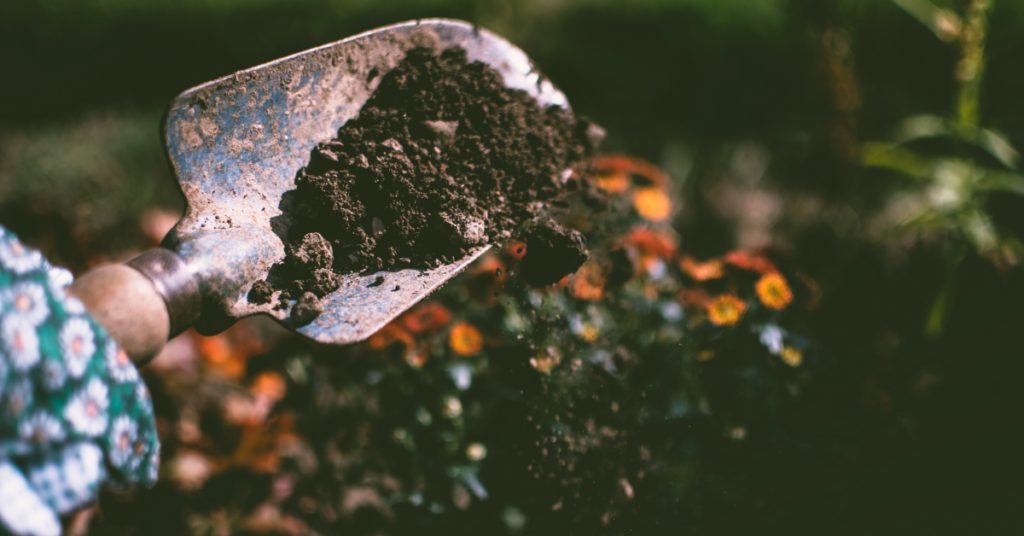
Garden soil shines in gardening scenarios. It’s the go-to choice for planting beds and containers, providing an ideal environment for plant roots to explore and absorb nutrients [Difference Between Topsoil and Garden Soil].
How to Choose Between Topsoil and Garden Soil:
Consider your specific needs. If you’re working on a construction project or landscaping, topsoil is the answer. For gardening purposes, opt for garden soil to give your plants the best start.
Perplexity of Soil Types:
The world of soil can be perplexing, with various types and compositions. It’s crucial to dispel common misconceptions and gain a deeper understanding of soil’s dynamic nature.
Burstiness in Soil Composition:
Soil composition isn’t uniform; it varies across regions and even within a single garden. Embrace the burstiness of soil, understanding that diversity is a strength, not a weakness.
Maintaining Soil Health:
Regular soil testing is key to maintaining soil health. Fertilization and soil amendments should be tailored to address specific nutrient deficiencies, ensuring your soil remains a thriving ecosystem.
Impact on Plant Growth:
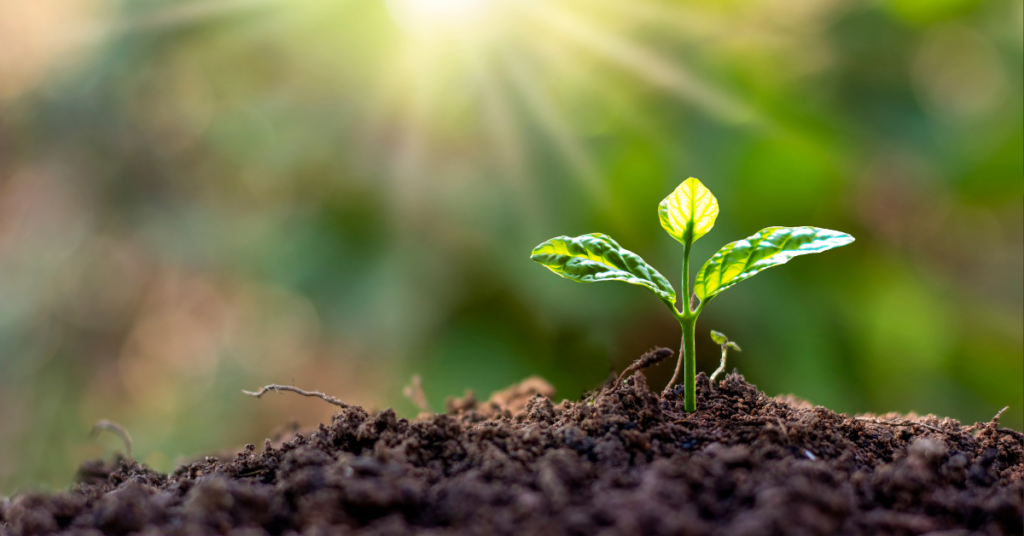
The type of soil directly influences plant growth. The right soil supports robust root development, contributing to overall plant health and productivity.
DIY Soil Mixes:
Adventurous gardeners can experiment with DIY soil mixes, tailoring the blend to suit the needs of specific plants. This hands-on approach allows for customization and optimization.
Environmental Considerations:
Sustainable soil practices are gaining prominence. Reduce your environmental impact by choosing soil wisely, practicing water conservation, and minimizing the use of synthetic fertilizers.
Common Myths About Soil:
- The Darker, the Better:
- Soil color doesn’t solely indicate fertility. Dark soil can be nutrient-poor, and light soil can be nutrient-rich.
- All Soils Are the Same:
- Each soil type has unique properties. Understanding these differences is crucial for successful gardening.
Conclusion:
In the world of gardening, the choice between topsoil and garden soil isn’t a matter of one being better than the other. It’s about understanding their differences and selecting the right soil for the right purpose. Whether you’re landscaping, constructing, or cultivating a vibrant garden, the soil beneath your feet plays a crucial role in your success.
Difference Between Topsoil and Garden Soil – FAQs
Yes, but garden soil is generally a better choice for planting beds and containers.
The ratio depends on the plants you’re growing. Research the specific needs of your plants for optimal results.
Yes, regular soil testing helps identify nutrient deficiencies and ensures a healthy growing environment.
Some grasses thrive in topsoil, but for most garden plants, a well-balanced garden soil is preferable.
Incorporate compost, practice water conservation, and minimize the use of synthetic fertilizers for a more sustainable garden.

